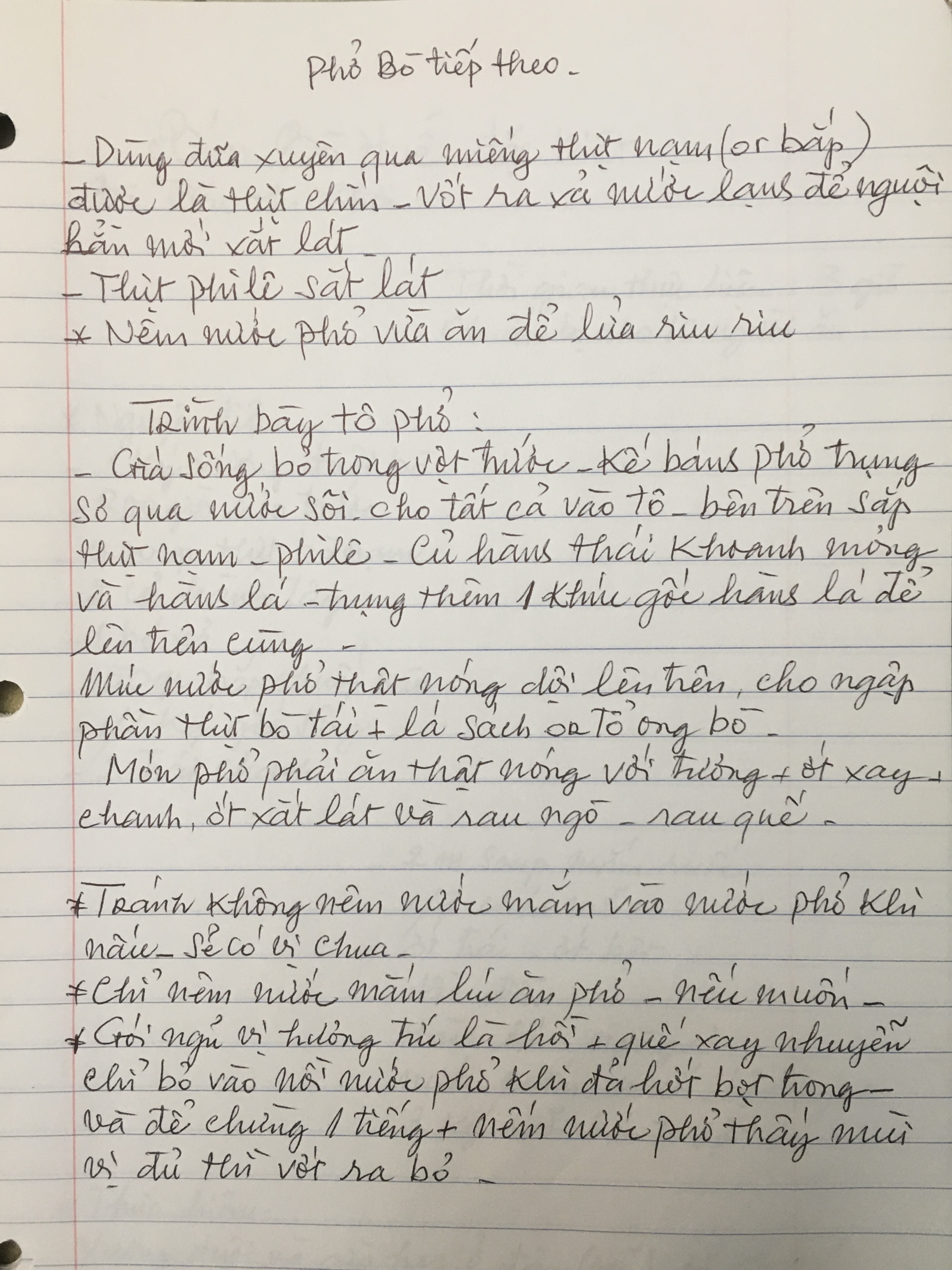Main Piece:
I: It’s a very complex story, but in it, Menil is a beautiful woman who… like brings the Arts and lots of teachings and lessons to people, and how to live, how to be, in like the beginning of the world. And people love Menil, and then there’s also this figure, that is sort of… like– he’s like a demi-god almost? Like a very powerful not-human being who created the world but he’s not the Creator– if that makes sense– but like who created a people at least– and his name is Mukat, and Mukat… essentially like, he’s really enamored with Menil, and then he pretty much rapes her, kind of, in the night. And then when she discovers what happened– I think she was sleeping– she disappears, and the people are so upset, and they’re like, “That’s awful, what happened to her?” And then when they find out, they kill Mukat because that’s like an unforgivable sin. In these stories, what’s so complex is like nothing is evil and nothing is good, like, right and wrong don’t exist in like the Western way that we think of them now. Like, Mukat does terrible things, but he’s not an evil being. He exists to teach almost as Menil exists to teach. And so, the people kill Mukat, and then they look into the lake where Menil used to teach them how to bathe and things, and they see her reflection and then she becomes the moon and she she won’t ever come back now, she’s the moon forever, and she’s no longer a woman.
Background:
My informant is a good friend from high school. She is a part of the Cahuilla and Chippewa Indigenous Nations and explains this traditional creation myth of Menil the Moon Maiden. She explains that her father knew this story, but she did not learn the long-form of it until she found documentation of an oral telling of the legend. She tells me that this telling was one of the more traditional forms of the story, but expresses how the accuracy is hard to determine because it was told in English. She tells me that she believes it may have been told in specific contexts at one point, but because there are so few surviving Cahuilla stories, they are told whenever they can be. This story has personal significance for her because the disappearance of Menil is reminiscent of the relevant issue of Missing and Murdered Indigenous Women, a cause that my informant has been actively doing work to raise awareness and action for.
Context:
This is a transcript of a conversation between my friend and I over the phone. I have talked to her a few times about my folklore class and explained the collection to her. She was happy to help and talk about some of her traditions.
Thoughts:
I love this folk myth because I appreciate how the concepts of complete “right and wrong” and absolute “good or evil” are not ideas that exist in Cahuilla culture, as they are conversely prevalent in many Western stories. This aspect of the myth is an important element to consider, as it can point to how members of this culture view and understand life. My friend tells me that this myth is not told to emphasize any lessons, and thus, listeners may not even understand any of the teachings until years later. This is how it is supposed to be told, she explains, so people may form the significance of the story themselves. While this story is a creation myth, the forms of narratives may be different from person to person depending on what levels of belief they hold to the story. Thus, as my friend explained, because this story is now often told just to keep the tradition alive, to some, it may be a legend or a tale.


